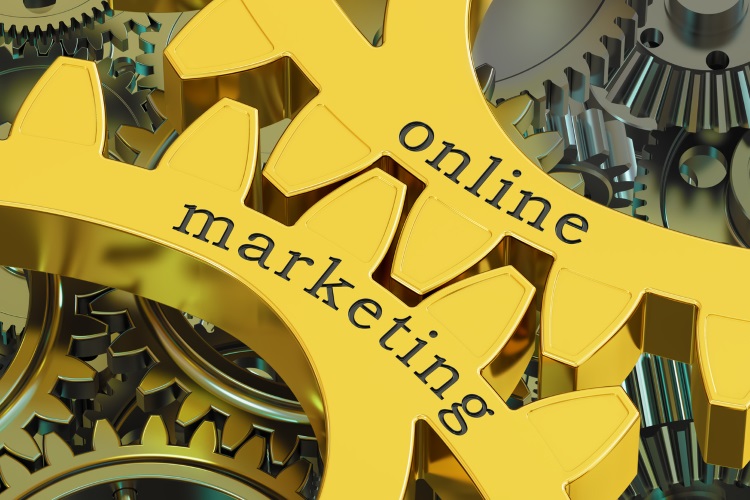
A sales lead is an individual or company that has the potential to become a customer. Although there are many different types of leads, they tend to be split into cold, warm and hot categories. Cold leads are prospective customers who are likely to buy from your company, but haven’t shown any active interest. Warm leads are those who have already inquired into the company, its products or services-whether that be through getting in touch, asking questions or leaving contact details. Hot leads are those who are basically ready to buy immediately. Obviously warm and hot leads offer more potential but any type of lead can produce a sale.
Generating leads has become a massive aspect of business, affecting both marketing and sales. This isn’t surprising, considering that leads produce customers and customers lead to sales- which is the make or break of any business. We know how important lead generation is but what are the best methods for generation and what about quality?
Databases
All forms of lead generation will require some sort of investment but the most straightforward transaction in simply buying leads from an outside source, such as a database. The main benefit to this approach is that it offers a large amount of leads, instantaneously- therefore it’s best suited to younger companies who are looking for an early boost. However, there can be many drawbacks to utilising lead databases and it mostly comes down to quality. When purchasing leads from another source, there are no guarantees. The leads could be old and therefore useless or the database could include leads that are of low quality- for example current customers. The decision to use databases will depend on the individual business and its specific requirements.
Social Media
As with all aspects of marketing, social media has become an important part of lead generation. All of the major networks can be used in order to gather leads- Facebook, Twitter, LinkedIn, Instagram etc. Obviously, the main goal is to direct a potential customer to your website but any sort of connection can be meaningful. Social media is particularly useful for general brand recognition and awareness. When users interact with your social media, they instantly become leads- not necessarily warm leads but the potential for conversion is there.
Whilst all of the social networking sites can be utilised for lead generation, Twitter is particularly good. This is because it’s a massive network and users tend to have a wider net when it comes to who they follow or search for. It’s also worth noting that hashtags can be a fantastic tool, allowing companies to identify high quality leads- quickly and easily.
The best way to utilise social media for lead generation is to post regularly and to utilise tools such as hash tags and landing pages in order to direct consumers to your products and services.
Content Creation
In the past, prospective customers would normally contact a company to find out more about products or services. However, with the rise of the in the internet, customers now undertake their own research in order to make an informed decision prior to a purchase. Therefore, the information and content that businesses publish can play a pivotal role in the acquisition of leads and converting and conversion.
Content can include a wide range of different formats- from blog posts and articles, to product directories, social media and vlogs. Whatever type of content that is created, the key is to post regularly and keep the quality high. Good content is one of the best ways in which to convert cold leads in to paying customers.
Advertisements
Online ads offer a relatively straightforward and effective methods for generating leads. There are many different types of online ads, including pay per click, display, retargeted, native and social media varieties. The main benefit to paid advertisements is that they can be precisely targeted, therefore you’re more likely to generate warmer leads with a greater chance of these becoming customers. Using paid advertising is also generally easier than other techniques and tends to be more of a quid pro quo approach.
The drawbacks to advertising are the expense and the fact that it can deter potential customers due to the overall disdain for this marketing technique. The decision should depend on whether the potential gains outweigh the cost.




